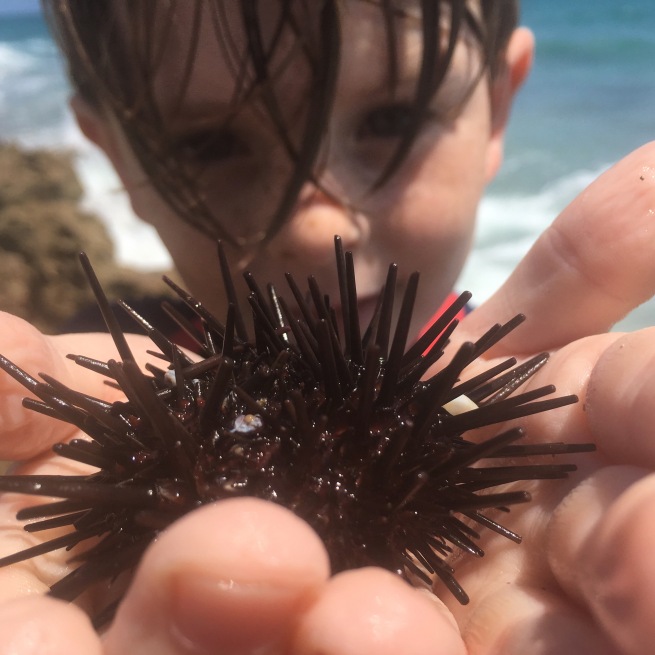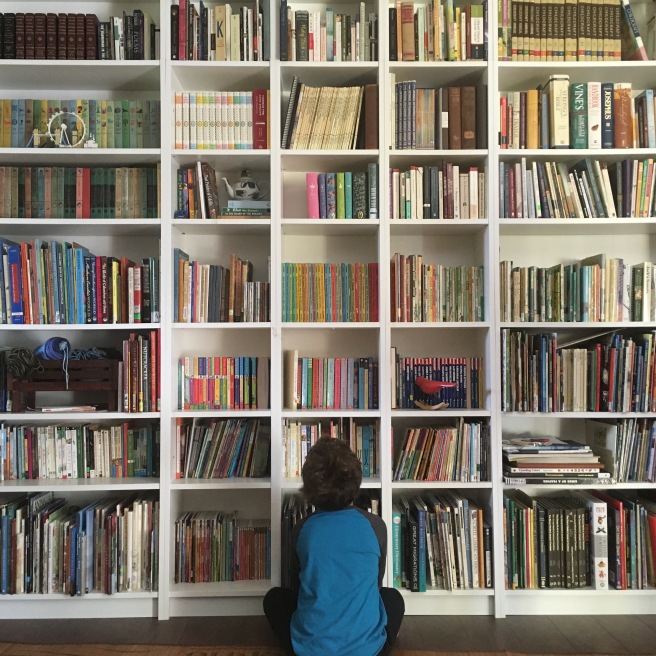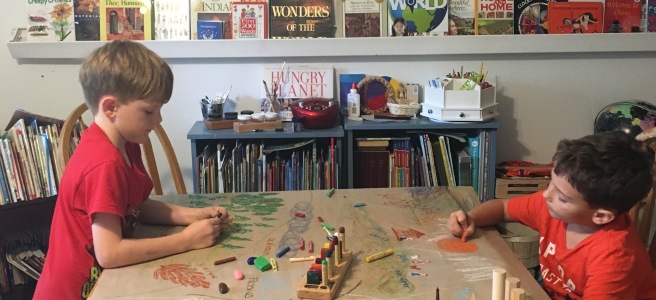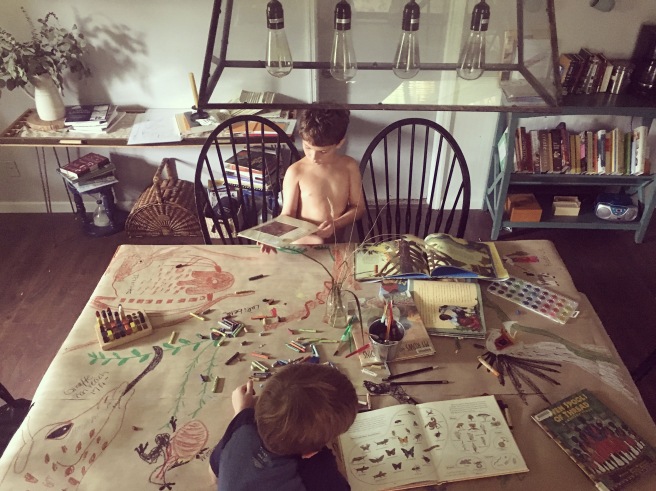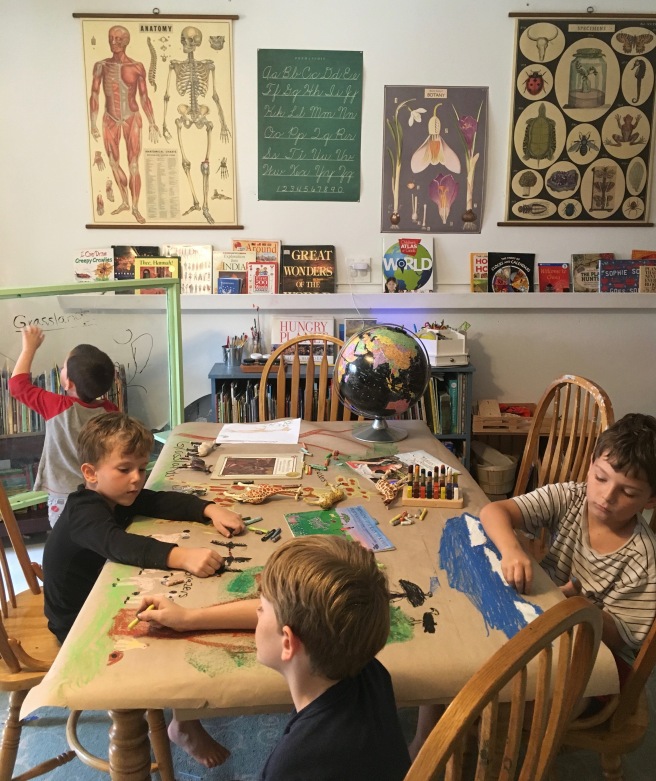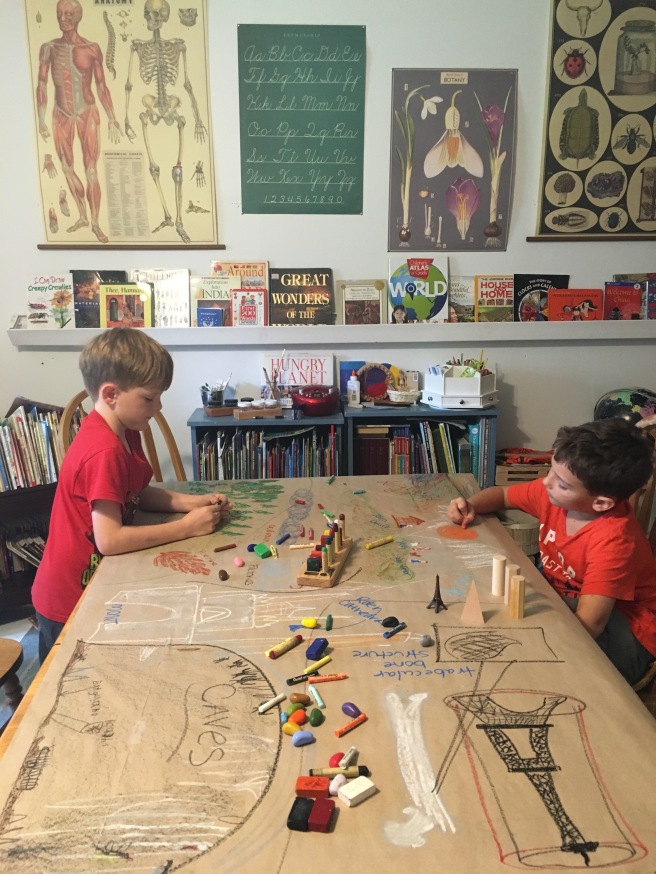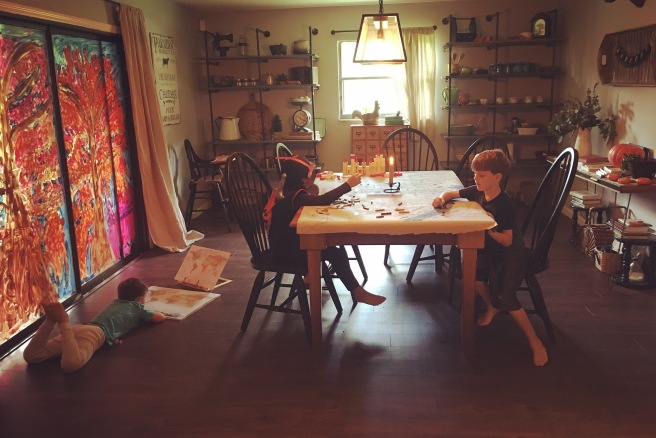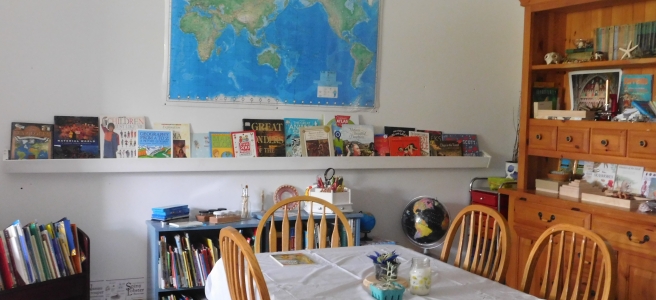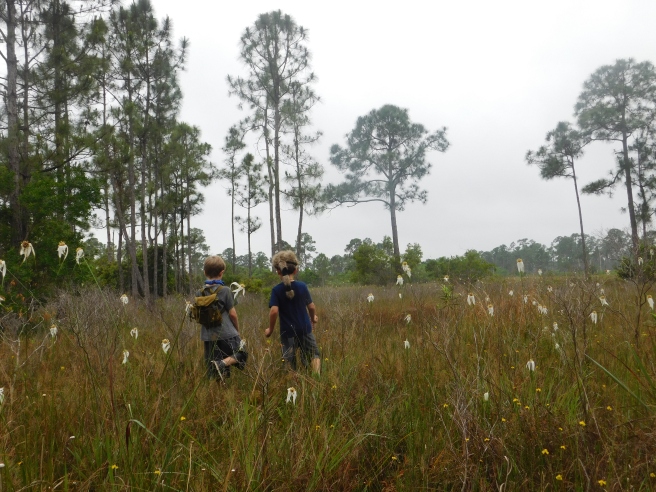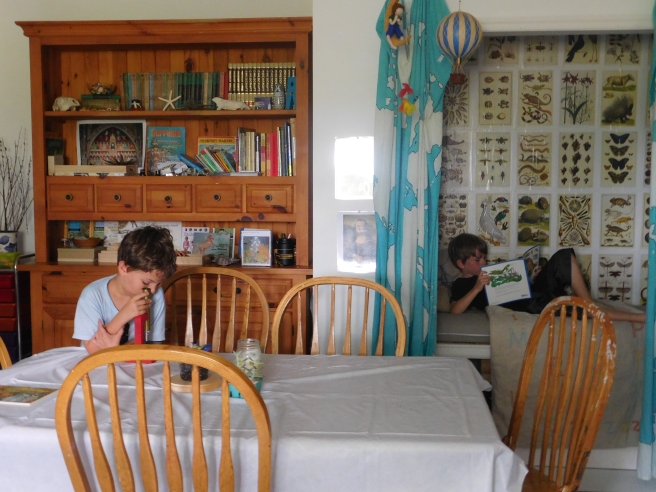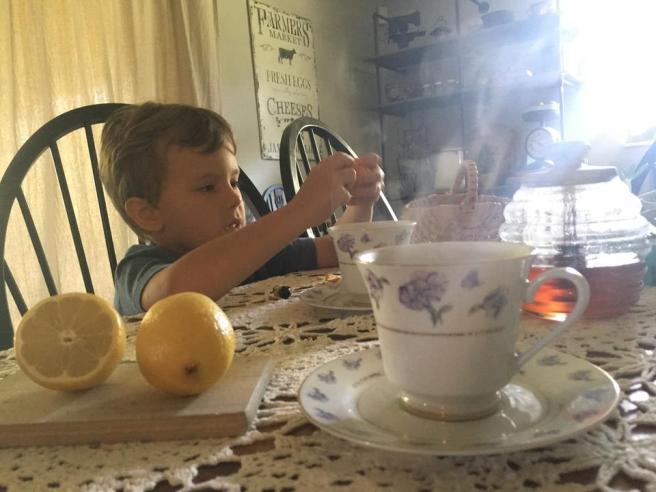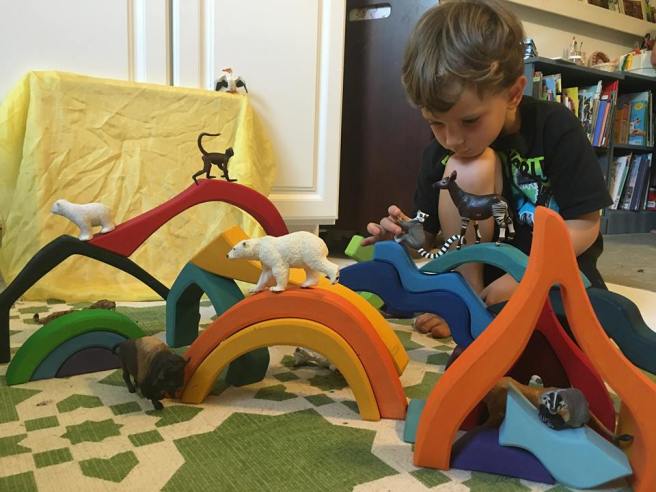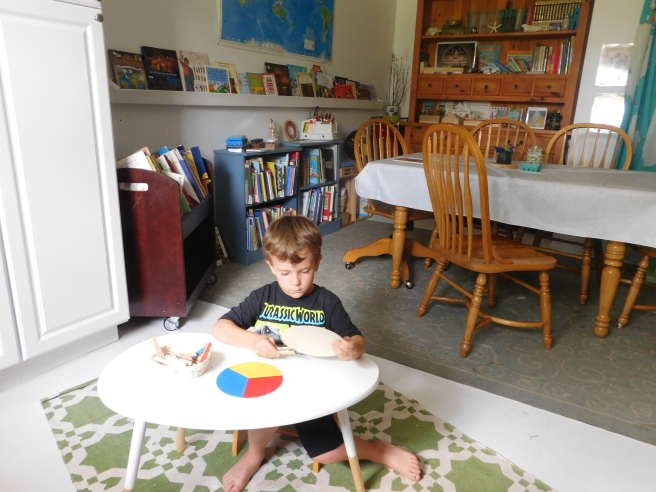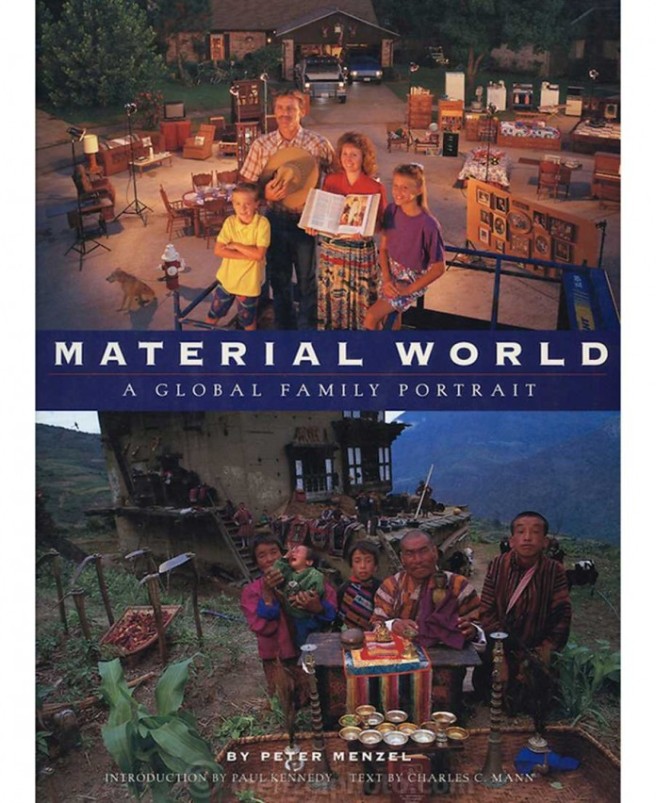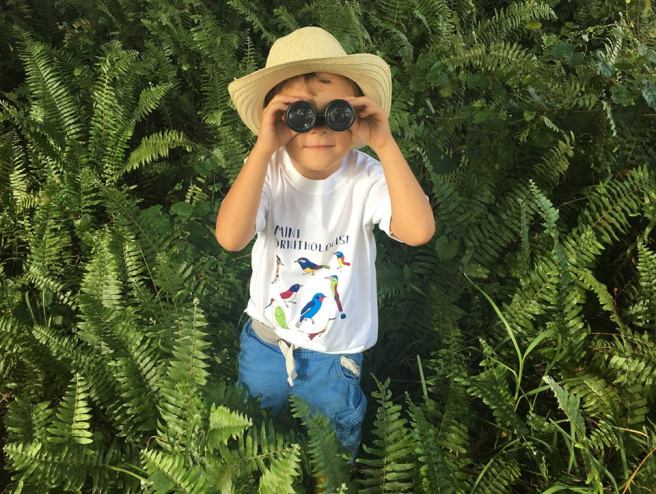We started our Cycle 3 American History year a week early because VIKINGS (+ other awesome explorers). Here is a look at what we did.

First, we enjoyed some of our favorite viking stories which included:
Leif the Lucky by Ingri D’allaire
Eric the Red and Leif the Lucky by Barbara Schiller
Into the Unknown by Stewart Ross
Viking Adventure by Clyde Robert Bulla
We also used our wonderful history spine “A Child’s First Book of American History” by Earl Miers.
I read these books aloud while the boys made Viking longships out of modeling beeswax. This beeswax is a bit pricey BUT it lasts a great deal longer than playdoh, I had my last box for two years, and it smells amazing! I really love setting out a welcoming invitation for my kids to come and learn. I light a candle, put a few play silks on the table, I give them the beeswax, their composition notebooks and a bunch of art supplies. Then I step back and let them do as they wish with the materials. One boy made a mermaid (complete with seashell bra). This had absolutely nothing to do with Vikings, but he wanted to make a mermaid he could giggle over and he gave an absolutely lovely narration so I let it go. The mermaid was not a hill I wanted to die on. I’ve found that when I nitpick about too many things in their schoolwork, the boys shut down fast. They like to lead the way in learning, they love to make decisions, so I evaluate our time and find the crucial day-shaping decisions and I make those–the rest I leave to them. We are all happier for it.
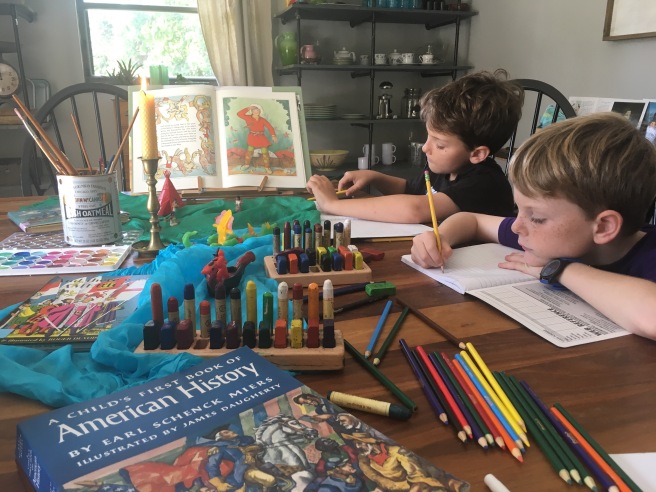
After I posted our Charlotte Mason Approach to Cycle 3 posts for Quarter 1 and Quarter 2, I had a number of people asking for my list of rare living books. I didn’t post them earlier because some of these are extremely hard to find (read: ridiculously expensive) and I never want to send the message that you need to drop $125 on ONE book or else your child will have an inferior education. Cuz guys, you don’t need to drop all that money on one book. There is an ABUNDANCE of books available on these topics and you do not need to drop a fortune on one subject. If I had a limited budget I would purchase or borrow the Mier’s book and the D’Aulaire book and call it a day. But for everyone wanting the list of vintage living books we used, here is a handy dandy bookscape of all the book porn. Please know that most of these books came from our local living library and the others were rescued by me for just a couple dollars. We are not millionaires. We are a single income homeschool family. Keep your eyes open at book sales, library sales, estate sales for these gems. If you have the chance, be a book rescuer!
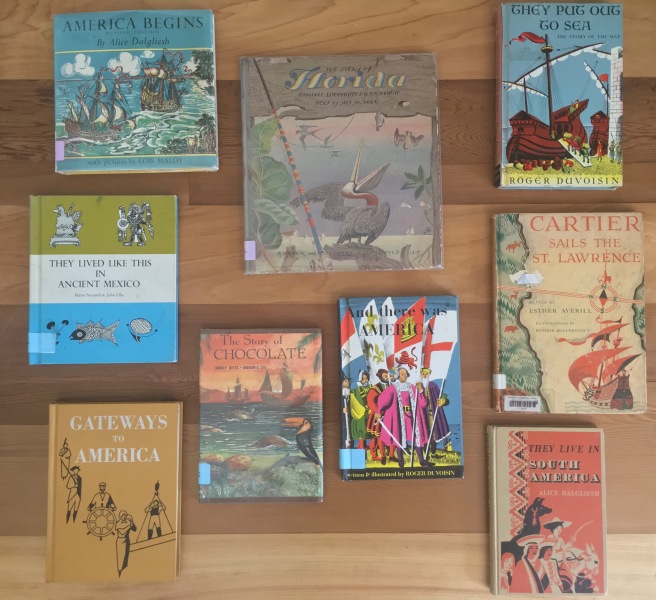
By the end of the week we were ready to move on and we spent a nice chunk of time reading about the early days of Columbus. Remember that we spent this summer reading “They Put Out to Sea” by Roger Dusoivin, which is the story of how our world map was slowly put together through expedition and discovery. This has sparked an Explorer Frenzy in our home. We have read in depth about everyone from the Phoenicians to Marco Polo to Henry Cabot. This week we read about Amerigo Vespucci, Vasco de Gama and Magellan. The boys were so captivated by these stories! They loved to hear the perspectives of other explorers in and around Columbus’ day. History told from several different perspectives is so powerful. The Genevieve Foster books are particularly wonderful with this idea. We also read “The Story of Chocolate” to understand the history behind one of the goods being traded in this time period. We are big fans of chocolate and we were riveted by this story. The boys loved including two or three pages of illustrations and narrations on chocolate in their history journals. We enjoyed some while we read, of course.
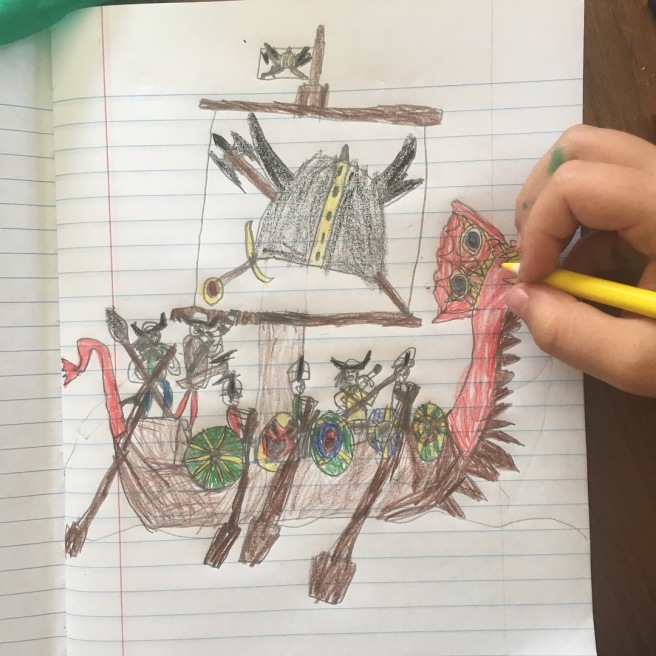
Most of our explorer research was done using Gerrard Discovery Biographies which the boys read independently. I found a box of 40 books at a library sale for $10 a few years ago. We adore the writing for this reading level. My eldest children (age 9 & 8) read for one solid hour each afternoon. They loved reading these biographies so much they would ask for them in the evenings as well, bringing their independent reading to almost 2 hours each day. It sounds crazy when I write that, but with little bits here and there added to that solid one hour chunk, they are getting a lot of reading in! A few years ago I wasn’t sure if this would ever happen for us, but I kept faithfully reading aloud to my children every single day and I have watched a love for reading grow within them. From a tiny flame to a full on blaze, it is the slow work of many days that has brought us to this place.

We studied history every day because we are geeking out over it right now. Other subjects we did every single day? Math, Latin, Spelling, Writing and 2 minutes of Geography. Our current lunchtime reads are 1) The Burgess Bird Book for Children and 2) Sherlock Holmes.
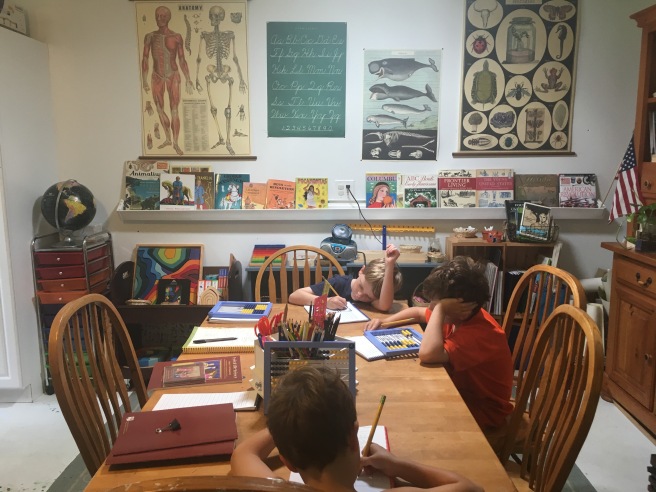
We are continuing to move forward in our mathematics with Right Start Math and I am still singing its praises. Teach multiple levels with this curriculum is so doable! Here is how we do it:
We all sit down with our math materials and we open up with a game that all three children (9,8 and 6) can play using our Right Start Math games book to build our math fluency. After a couple of rounds (5-10 minutes) I hand my six year old a slate of sums to practice while my eldest children run through their skip counting and the opening portion of mental math questions found in each lesson (>5 minutes). By the time they are done my 6 year old is usually finished with his sums. I take his slate and hand him his wooden pattern blocks to build large geometric shapes or animals with. As he plays and explores shapes, I teach the new material to my older children. This takes about 10 minutes, 15 at most. They open their workbooks and complete their sums practice or work page as needed. I turn to my six year old and admire his creation. He explains what he has made and we look for and name geometric shapes he has made. The I open his book and we run through mental math and skip counting. I teach his new lesson which takes about 10 minutes. By this point the older children have finished their work and they are ready for it to be checked. My six year old dives into his workbook. I check the older children’s work and we walk through any corrections that need to be made. Once this task is complete the six year old is ready for his work to be checked. We wrap our time together by playing one more game. Math takes about 45 minutes total for both levels of math. This include 2-3 games, skip counting, mental math problems, two new lessons, worksheets if applicable, pattern block play, and sums practice. Guys, I never ever ever thought I would say this, but math is fun! I’ll be sharing a bit about our favorite lessons each week from here on out!
We devoted 20 minutes to our Latin studies each day. The boys practiced their respective instruments for about 10 minutes in the morning and 10 minutes in the evening. We also take about 20 minutes to work on our Phonetic Zoo Spelling Level A Spelling program. Between each subject they are still racking up 15-30 minutes of play time depending on their age. Multiply that by 4-6 learning block each day and you’ve got a nice chunk of free play!
The boys worked on their independent loops which included:
Handwriting (cursive)
Typing
Handicrafts
Pin it Maps
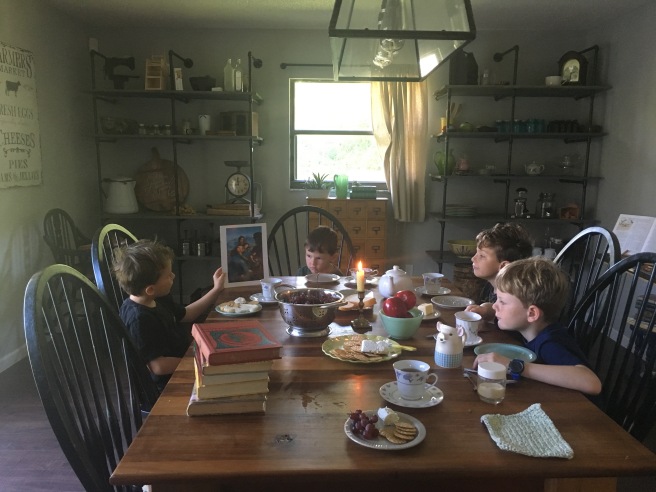
Our Morning Time for this cycle opens each morning with prayer, scripture meditation (one verse that changes every three weeks), recitation of the creed and prayer requests. We take a couple minutes to work on our CC Geography (Literally two minutes). We eat breakfast and then dive into our morning time loop.
This week’s loop:
Poetry– The Lamplighter by Robert Louis Stevenson (older boys)
Celery (IEW Poetry Memorization) for youngest son’s speech therapy
Spanish- Speaking Spanish with Miss Mason and Francois
Beautiful Stories from Shakespeare by E Nesbit
Architecture- A Child’s History of Art by Hillyer
Hymn- O God Our Help in Ages Past Verse 1
Art Study- Leonardo daVinci
Character Study from Animals in Nature
On Fridays we use Beautiful Feet Book’s Music Study in the morning. We are enjoying this study ever so slowly (I anticipate a two year time frame on this one) and we simply adore it. I’ll be sharing more in depth about this one next week! Their Geography study, History of Science study and Horse study are gorgeous as well. Check them out!
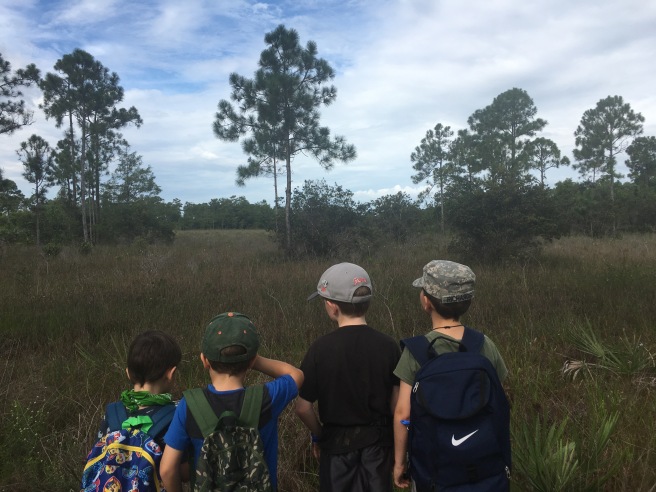
The CM week is not complete without a nature walk. Its hot as blazes here right now and usually “nature walk” = “sit in lukewarm water” but this past Friday was nice and overcast so we took a walk.

We spent the first half of our walk tracking a raccoon. For my boys this was the highlight of the day. Follow a raccoon around, find a pile of his scat and feel like a king. Find the remnants of his crayfish lunch and loose your mind with excitement. We also found gorgeous mole cricket tunnels (which look a bit like subnivean tunnels for all you northerners) and we raced around trying to find the point of origin.
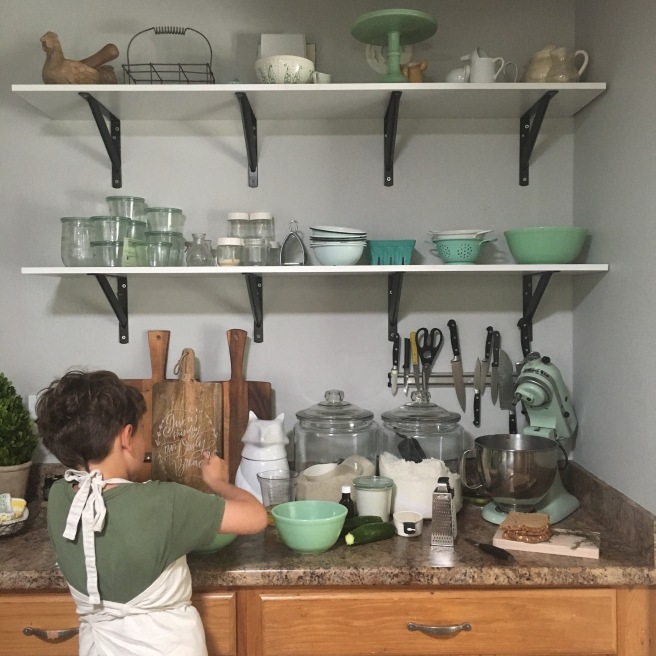
We rounded out the week with lots and lots of baking. Have I mentioned that my children are officially British Baking Show junkies? They have become food critics overnight and love to whip things up in the kitchen. My splurge for the year was a subscription to Raddish kids and I am loving the resulting independence and confidence in my children’s cooking skills. They each took a turn baking something fun while I taught the other children their new set of chores for the year. My eldest children are doing their own laundry start to finish now. I love writing that sentence as much as I hate doing all the laundry for six people. The six year old is almost done learning how to unstack the dishwasher and my little guy is in broom bootcamp right now.
We are so excited to dive into our Week 1 material for Cycle 3 this week. Who else is doing cycle 3? What are some of your favorite reads leading up to this cycle? Share in the comments below!
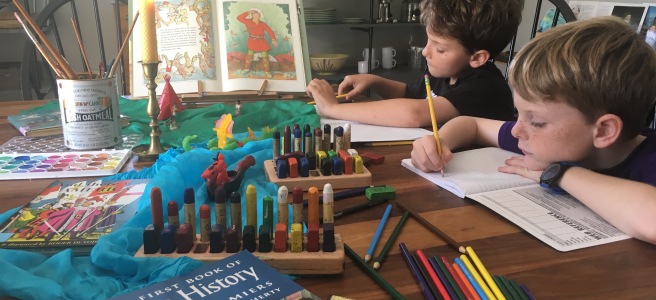
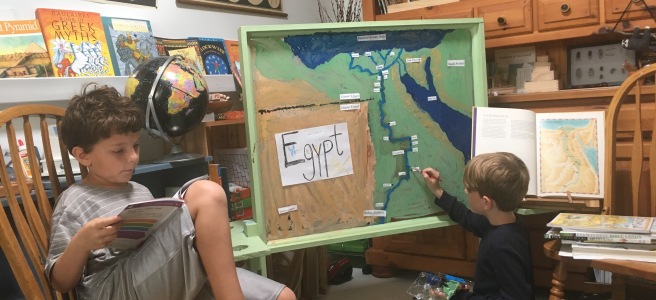
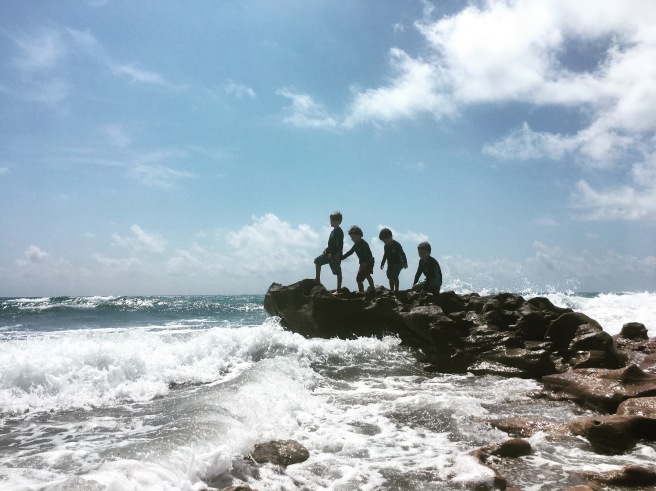
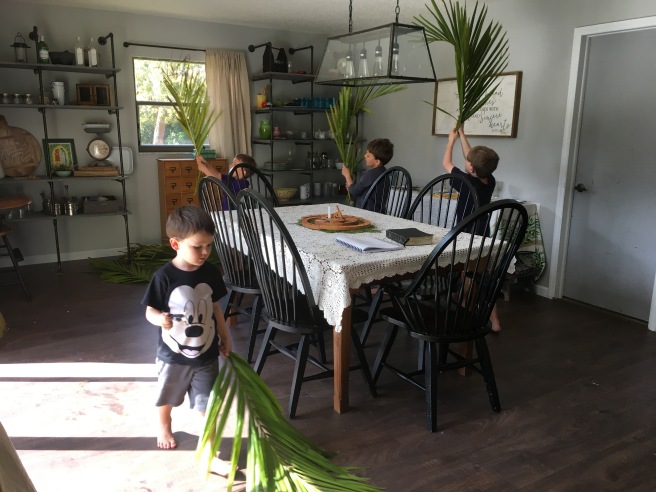

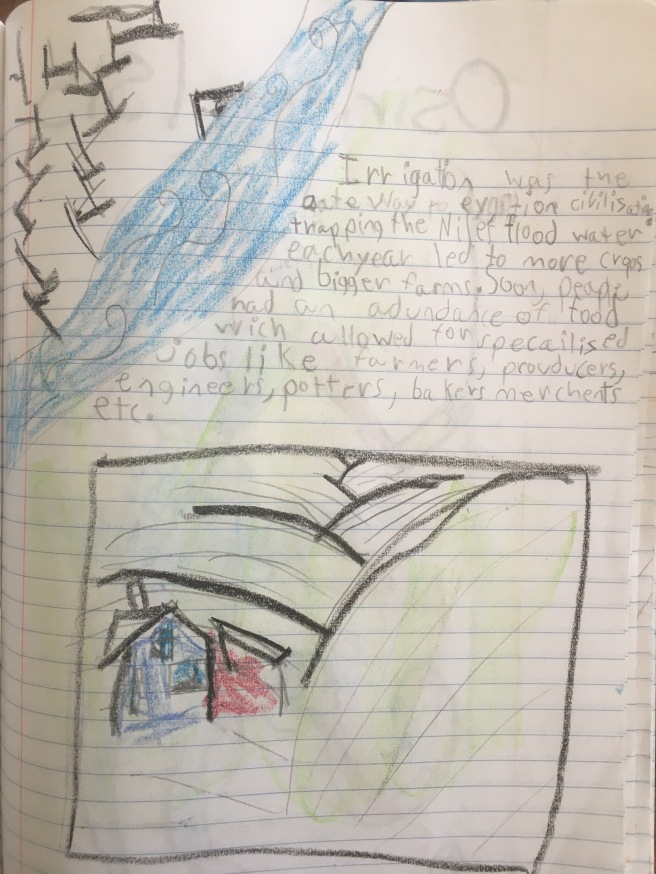
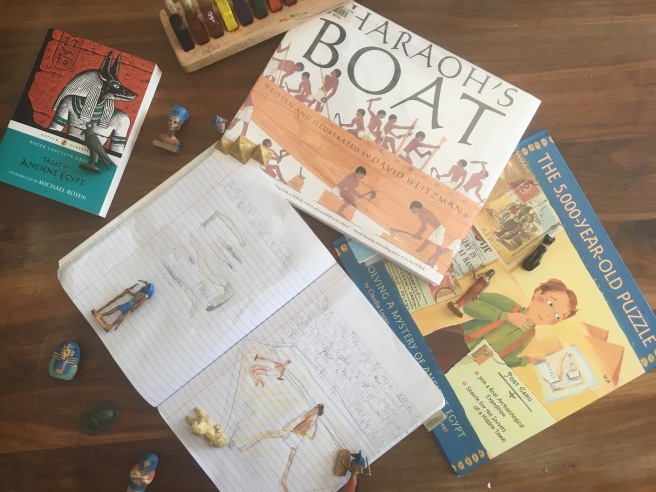
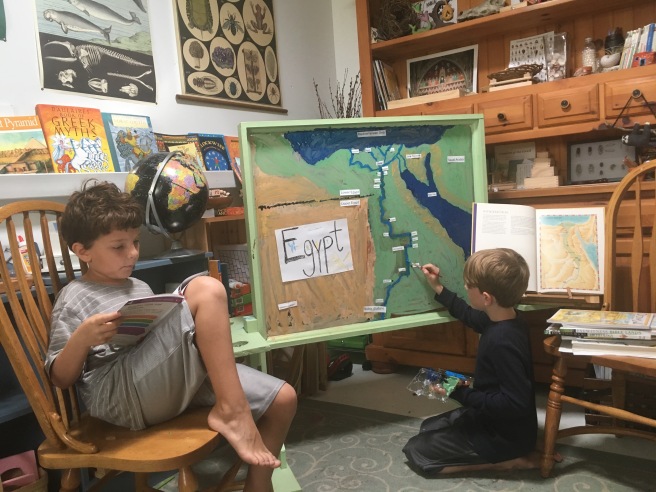
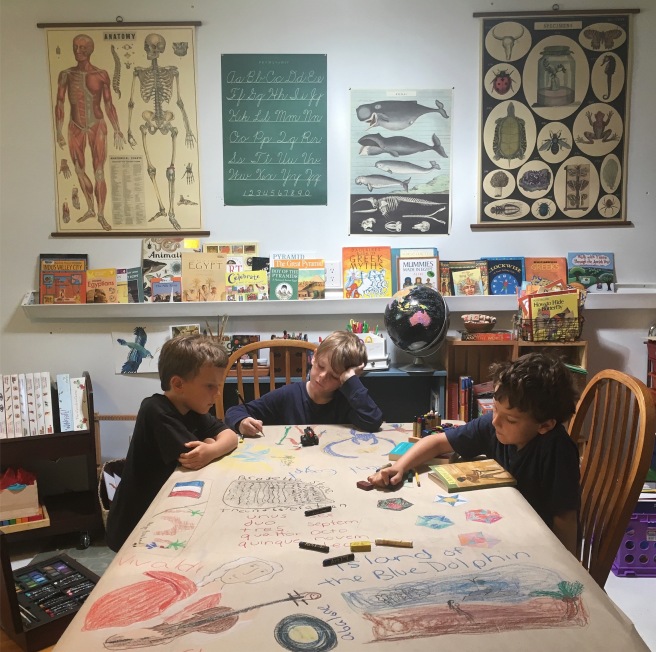 Friday Exam
Friday Exam
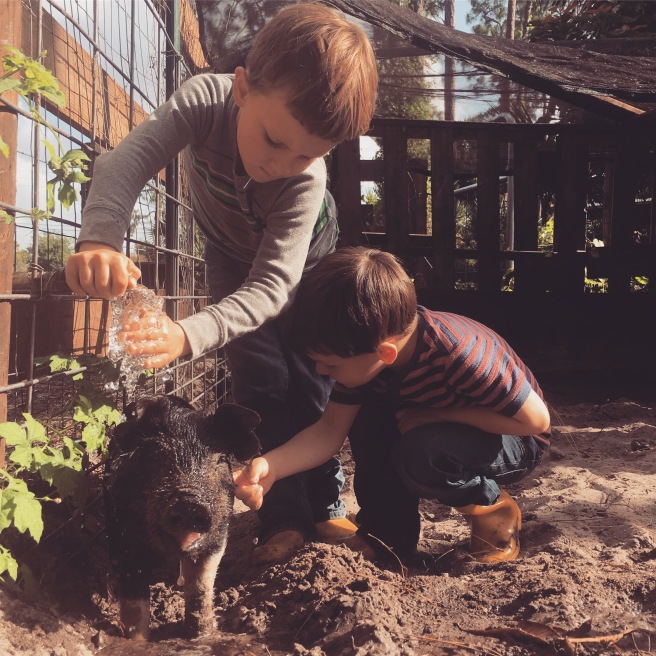 Science
Science